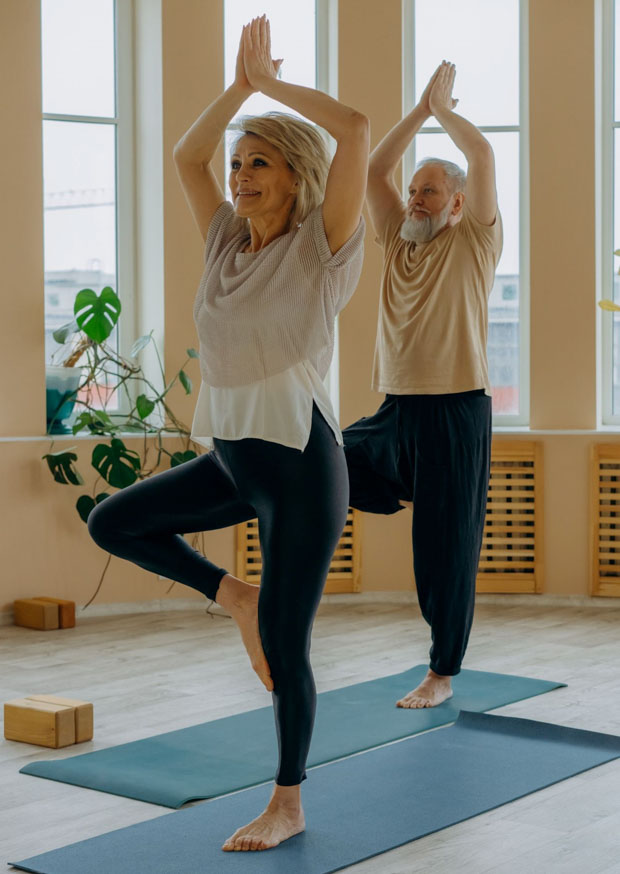Good balance is critical for older adults, so it’s also critical we play our part to help them build and maintain great balance by including targeted exercises in their weekly workouts. For those aged over 65 years, around 35% will experience a fall at least once a year. Fifteen percent of these falls will cause a serious physical injury such as a broken hip or brain injury, but it’s not only the physical consequences that can be devastating.
Balance as we age
As we age, our ability to control our balance during everyday activities declines for a multitude of reasons. Failing eyesight, inability to perceive surroundings, weak leg muscles, cognitive decline, gait changes due to hip or knee replacements, changes in medications, vertigo, multifocal glasses, and poor diet, can all affect our ability to stay upright during the day.
The effects a fall has on an older adult
Many older adults experience depression after a fall, due to low self-esteem, social isolation, anxiety about leaving the house, and a fear of being alone in case it happens again. Injuries require hospital visits, medical check ups, medications, and mobility aids like crutches or braces, which all take a financial toll. Many older adults are still engaged in part-time and full-time work, and recovery requires time off from these activities that not only restricts their income, but their social life too.
Benefits of balance training
We want to help our older adult participants and clients reduce their risk of a fall, but this isn’t the only benefit of balance training. Good balance requires good posture, and balance exercises improve upper and lower body strength, joint stability, and body awareness. Good balance gives older adults confidence, helps to alleviate their fear of falling, and improves everyday living with their ability to hang out the washing, use public transport, or move from the bed to the bathroom at night. Focusing on balance training can help individuals stop a trip from becoming a fall by giving them recovery strategies when they lose their balance, and it can help them to avoid relying on a walking stick or frame as they age too.
How can you include balance exercises in class?
- Incorporate static balance exercises into your cooldown.
- After a cardio burst, add a balance challenge or two in the rest period.
- In a circuit class, alternate equipment stations with balance stations.
- Add a lower body balance move to your upper body resistance exercise.
Good balance is crucial for older adults to maintain their independence, health, and confidence, so don’t forget your balance exercises this week in class.

Written by: Trudi Edmeades, the co-founder of Third Age Fitness, an organisation that focuses on training professionals in all aspects of older adult fitness.
